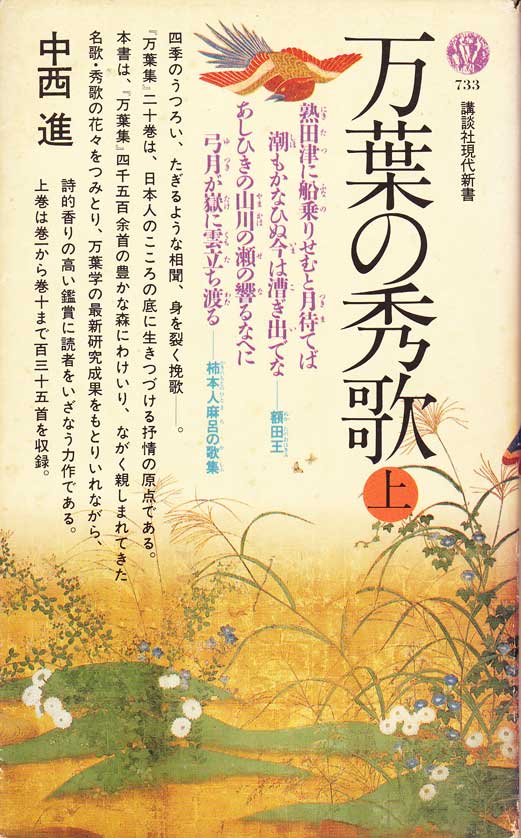This week we focused on the Nara and Heian periods of Japanese history. I really enjoyed looking specifically at Buddhism and its effect on Japanese society because, as I mentioned last week, I have always been interested in the religion aspect of history. I think it is really cool to think about the beliefs that were held during a historical period, as well as how those beliefs affected the way that society was built and led, especially in a society where religion and state were so interconnected.
The Buddhist beliefs consisted of the Four Noble Truths: all life is suffering, there is an origin to the suffering, there is an end to the suffering, and the eightfold path leads to the ending of the suffering. Additionally, there was the idea of karma, which was that actions have consequences, whether they be in this life or the next. With the idea of rebirth, karma determines the status of that rebirth, choosing from the six realms: gods, demi-gods, humans, animals, ghosts, and demons. With all of this, the goal of Buddhists was to reach Nirvana, at which point, they would cease to exist, which was what they thought of as the end of suffering.
I think that the way that religion and the power structures of Japan impacted each other was really interesting, again, because they were so interconnected. It was believed that the state/the emperor would get protection from the four kings if they followed the Buddhist sūtra. Additionally, monks had a fair amount of power and influence, since religion became a sort of governmental force.
Another thing that stood out to me was the introduction/cultural growth that came in the form of poetry and artwork, as well as how they still impact people today. When reading the Man’yōshu poems, one of the questions was why poems that are well over a thousand years old still speak to the Japanese now. In the introduction before the first poem, it says that these poems covered topics that were later deemed too harsh to write about in such a beautiful way, but I think that those topics are exactly what allow people to still be drawn to them. When reading the poems, there was a certain humanity that came through the emotions that it evoked. For example, one of the poems was about a man who had lost his wife, and while this had been written over a thousand years ago, that feeling of loss, conveyed so beautifully, is what drew me to it.

Bibliography
Japan Emerging: Premodern History to 1850, edited by Karl F. Friday. New York, NY: Routledge, 2018. https://muhlenberg.on.worldcat.org/oclc/787849954.
Poems from the Man’yōshu in Varley, H. Paul. Japanese Culture. Fourth edition, updated and expanded. Honolulu: University of Hawaiʻi Press, 2000, pp. 44-47.
Selection of primary sources on Buddhism and the state during the Nara period in Sources of Japanese Tradition, Volume One: From Earliest Times to 1600 2nd edition, edited by William Th. de Bary. New York: Columbia University Press, 2002.